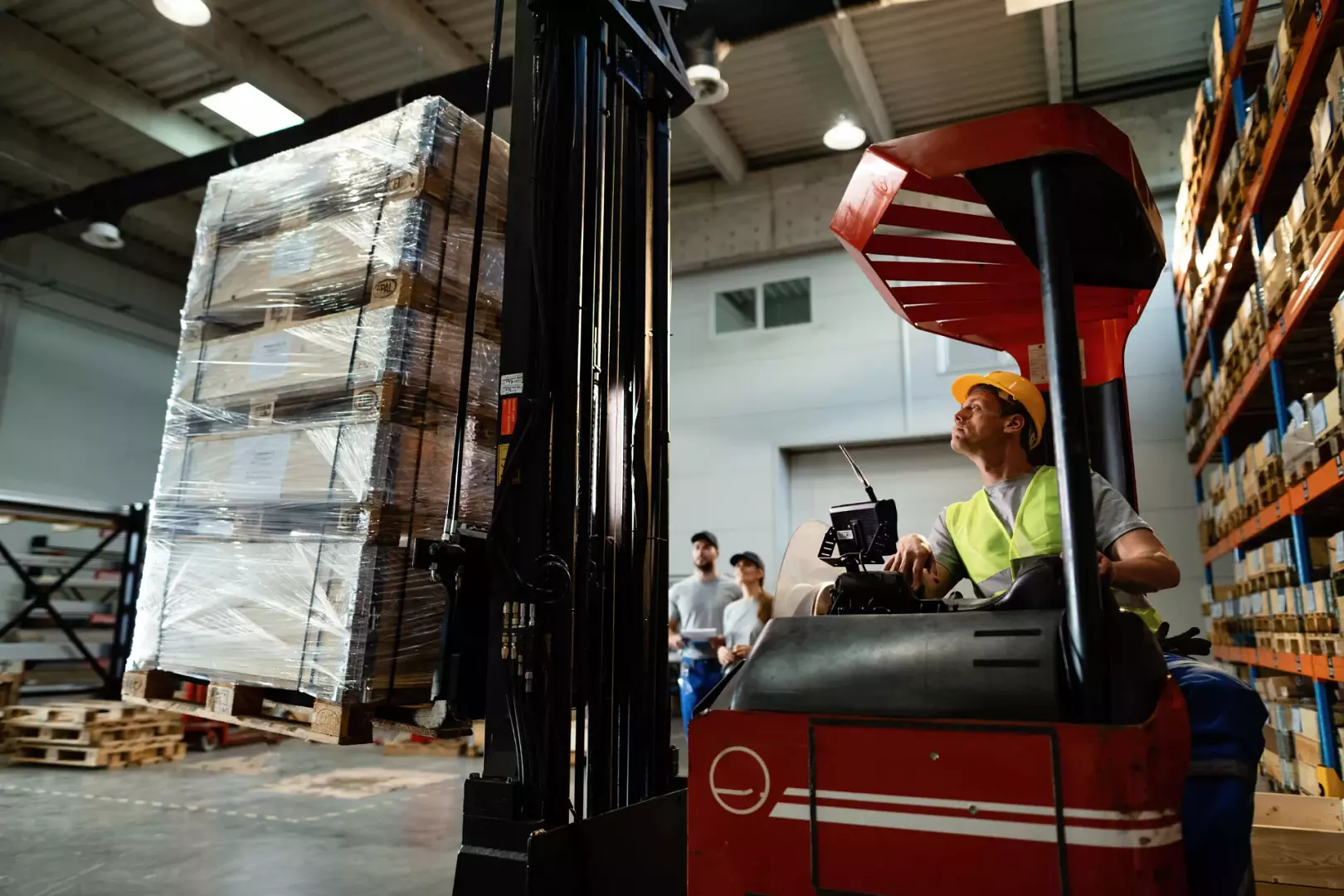 Prior to the advent of powered lift trucks in the early 20th century, warehouse and loading dock work involved grueling manual material handling. Workers endured back-breaking labor hauling, lifting, and stacking often heavy crates or pallets by hand. Without regulations governing workplace safety, injury rates soared. The introduction of forklifts brought not just efficiency gains, but vastly improved ergonomics and reduced warehouse accidents.
Prior to the advent of powered lift trucks in the early 20th century, warehouse and loading dock work involved grueling manual material handling. Workers endured back-breaking labor hauling, lifting, and stacking often heavy crates or pallets by hand. Without regulations governing workplace safety, injury rates soared. The introduction of forklifts brought not just efficiency gains, but vastly improved ergonomics and reduced warehouse accidents.
Historical Hazards: The Dangers of Manual Material Handling
Warehouses and shipping facilities faced no shortage of safety hazards in decades past. Splintered wooden pallets, slippery floors, poor housekeeping, and lack of personal protective equipment posed risks even before factoring in manual materials handling. Workers constantly lifted, carried, pushed and pulled loads from shelves to pallets to rail cars and trucks.
With no mechanical assistance, this physically taxing work led to extremely high injury rates. Sprains, strains, hernias, contusions, and chronic back problems ran rampant. Historical data points to over 20 accidents annually per 100 warehouse workers during manual handling’s peak. Efforts to redesign packaging and provide worker training only accomplished so much without addressing the root cause: reliance on human strength and stamina alone to move materials.
Something had to change to create a safer workplace.
Forklifts Revolutionize Safety: From Mechanical Assistance to Ergonomic Design
The advent of primitive lift trucks in the early 1900s brought relief through mechanical assistance. Models continued improving in lifting capacity, safety features, and ergonomics. Adoption spread rapidly even before regulations, as employers realized forklifts curbed accidents and enhanced productivity versus manual handling.
Powered forklifts prevented much of the physical exertion leading to injuries in working areas, like warehouses or open-air spaces. With newfound mechanical strength, individual workers could safely manage much higher volumes of materials. Injuries declined in tandem with increased distribution efficiency.
By the 1980s, advanced ergonomics further reduced strains. Early lift trucks lacked comfort or adjustability, relying solely on brute power to lighten loads. Modern designs instead emphasize custom operator compartments with suspension seats, power steering, precise controls, and even climate control options reducing fatigue.
Advancing Safety: Innovations in Modern Forklift Design
Lift truck design continues progressing today through enhanced safety features minimizing accident risks. Sensors halt movement nearing dangerous edges and obstacles while specialized floors even sense potential collisions. More stable loads, better visibility, and improved braking all bring warehouse safety to new heights.
The results speak volumes. Since forklifts became ubiquitous by the 1960s and safety regulations tightened, annual injury rates per 100 warehouse workers plunged from over 20 to less than 5. Emphasis on lift truck operator training as well as hard hats, safety shoes, and high-visibility clothing further drive accidents down year after year.
By eliminating much of warehouses’ hazardous manual labor, forklifts have truly revolutionized workplace safety. As you strive to create a safer and more efficient work environment, consider the benefits of incorporating modern forklifts and safety training programs into your operations.
Contact us today to explore tailored solutions that can enhance safety, productivity, and overall efficiency in your warehouse or facility.
